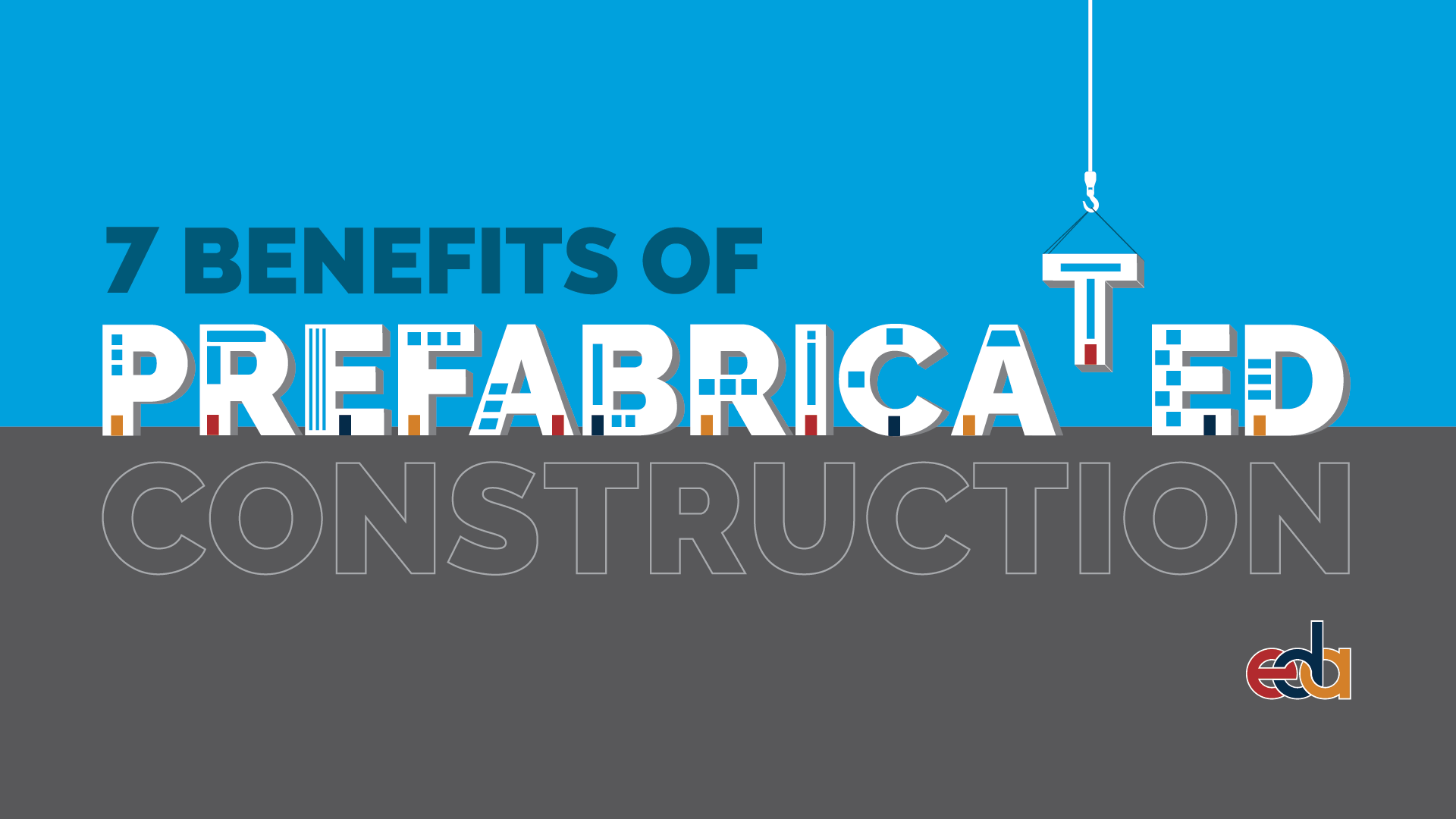In recent years, prefabricated construction has gained significant traction. This approach offers numerous advantages over traditional construction methods, which are particularly highlighted during the summer months. Today, we will delve into the multifaceted benefits of prefabricated construction and how it has revolutionized the way we build.
What is Prefab?
Prefabricated construction (prefab) involves manufacturing building components off-site in a controlled environment. These components are then transported to the construction site where they are assembled to form the building. This method differs from traditional on-site construction, where building components are "stick built” at the job site. Prefab offers a more efficient approach to construction by streamlining the manufacturing and assembly process. Here are just a few of the benefits to using prefabricated construction.
Benefits of Prefab:
1. Saves Time
Prefabricated construction significantly reduces project timelines by overlapping site preparation and factory fabrication. This simultaneous process minimizes delays due to weather conditions and accelerates construction schedules. In fact, prefab projects can be completed up to 50% faster than traditional construction projects. Shorter construction times allow companies to enhance their growth by taking on numerous projects at once.
2. Saves Money
The construction industry experiences an increase in costs for materials and labor annually, challenging profit margins for contractors. By streamlining the construction process and reducing on-site labor, prefab can lead to substantial cost savings. In the summer months when daylight hours are longer and demand increases, these savings can be significant. Off-site production reduces material waste and ensures the efficient use of resources, offsetting rising costs.
3. Improves Worker Safety
Construction is a dangerous industry, and companies are always looking to implement processes to ensure worker safety. Manufacturing construction components in a warehouse reduces the amount of work and workforce required on-site. This minimizes the risk from hazardous conditions and the probability of site accidents and injuries. Prefab helps limit the amount of time workers spend exposed to summer heat and sun, reducing the risk of heat-related illnesses.
4. Enhances Flexibility and Adaptability
The flexibility and adaptability of prefab construction is another key benefit. Prefabricated components can be customized to meet specific project requirements, giving architects flexibility in design and creativity while maintaining efficiency. This enables the design of unique and innovative structures that not only exhibit a specific aesthetic but also fulfills the functional requirements of a project. The pre-manufactured parts can also easily be moved, added, removed, or modified to accommodate changing needs over time, avoiding disruptions that would typically arise.
5. Improved Quality Control and Consistency
Since prefabricated construction takes place in a controlled environment, the manufacturing process is standardized, ensuring consistent quality. Quality control measures can be implemented to guarantee that each component meets precise standards before being sent to the job site. In contrast, on-site construction faces challenges such as varying skill levels among workers, overlapping trades, weather, and broken materials that could derail progress and lead to building defects.
6. Durability
Due to quality control measures and strict standards, prefabricated products are typically more durable than those fabricated on-site. The precision involved in off-site production leads to tighter fits and the secure joining of components. Commonly used materials for prefab construction, such as steel and concrete, are exceptionally strong and built to withstand transportation to the site. Additionally, manufacturing indoors protects components from weather-related issues, maintaining their integrity and preventing damage from environmental factors.
7. Environmental Friendliness
Prefabricated construction is more eco-friendly in the short and long-term compared to traditional methods. Traditional construction often results in substantial waste on job sites, as materials are typically bought in bulk, leading to excess that goes directly to a landfill. On the other hand, prefab minimizes waste as extra materials can be recycled and repurposed. Additionally, a fabrication shop’s-controlled environment allows for improved air filtration and wall insulation, directly increasing energy efficiency.
Conclusion
As the construction industry continues to embrace innovation, safety, and sustainability, prefabricated construction looks to be a cornerstone of building moving forward. Its ability to streamline projects, enhance worker safety, and reduce costs make it an invaluable practice, especially during the demanding summer months. By leveraging the benefits of prefab, contractors can efficiently meet deadlines and contribute to an environmentally conscious construction industry.
